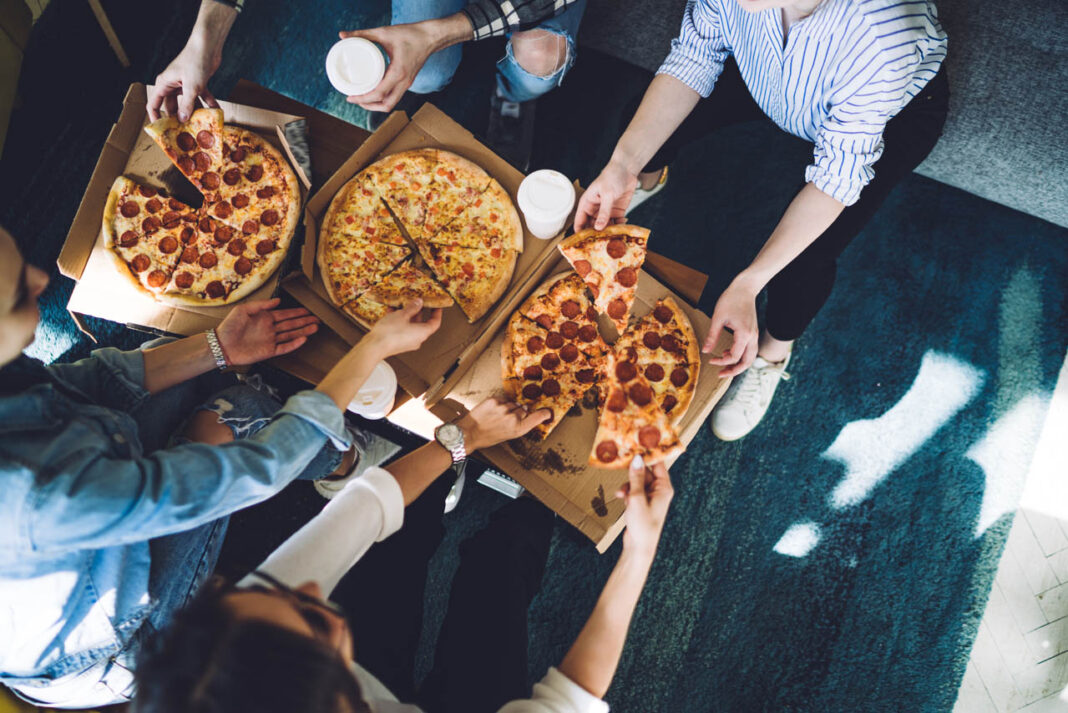The Evolution of News Consumption
The landscape of news consumption has undergone a dramatic transformation over the past few decades. Traditional print newspapers and broadcast media once dominated the scene, providing readers and viewers with a linear, scheduled flow of information. However, the advent of digital technology has significantly altered how we receive, interpret, and engage with news.
One of the earliest milestones in this evolution was the emergence of 24-hour news channels. Networks like CNN revolutionized the media world by offering round-the-clock news coverage, catering to an audience that craved immediate updates. This was followed by the internet boom of the late 1990s and early 2000s, which introduced online news platforms to the mainstream. Websites such as BBC, The New York Times, and other digital-only outlets began to proliferate, displacing traditional mediums and setting new standards for instant access to news.
The true game-changer, however, was the advent of smartphones in the late 2000s. With the integration of news apps and social media platforms, news consumption became more personalized and immediate than ever before. Algorithms developed to offer personalized news feeds based on individual preferences, ensuring that users received content tailored to their interests. While this has increased accessibility and the speed at which news is disseminated, it has also introduced challenges such as information overload and the proliferation of misinformation.
Understanding this evolution is crucial. The shift from scheduled programming to on-demand, real-time access has fundamentally changed our expectations and habits surrounding news consumption. On the one hand, news is more accessible and immediate, benefiting those who need up-to-the-minute updates. On the other hand, the sheer volume of available information can be overwhelming, making it difficult to discern credible sources from dubious ones. Thus, while technology has democratized news accessibility, it has also created a complex environment where the quality and reliability of information are often questioned.
Tools and Apps for On-the-Go News
In the fast-paced digital age, staying informed with the latest news has never been easier, thanks to a variety of advanced tools and apps available for on-the-go news consumption. Among the top choices for news enthusiasts are Feedly, Flipboard, Google News, and Apple News. Each of these apps offers unique features and benefits designed to cater to diverse informational needs and preferences.
Feedly stands out for its robust content aggregation capabilities. Users can subscribe to favorite blogs, publications, and YouTube channels, organizing them into personalized feeds. The app’s simple, clean interface makes it easy to scan through articles, ensuring users receive updates from trusted sources.
Flipboard, on the other hand, is renowned for its visually appealing magazine-style presentation. It allows users to create custom ‘magazines’ by curating articles, videos, and photos on specific topics. Flipboard’s smart algorithms and editorial team curate high-quality content from across the web, providing a holistic reading experience.
Google News leverages Google’s powerful search and machine learning capabilities to recommend articles based on user interests and browsing history. It provides a comprehensive view of top stories and local news, and offers features like ‘Full Coverage’, which presents multiple perspectives on a single news story, enhancing context and understanding.
Apple News integrates seamlessly with iOS devices, offering a curated feed of news stories tailored to the user’s interests. It highlights top stories and trending articles, making it easy to stay updated. The app also features the Apple News+ subscription service, which grants access to premium articles and magazines.
Push notifications are a crucial feature of these apps, enabling real-time updates directly to the user’s device. Users can customize these alerts to prioritize breaking news, specific topics, or updates from preferred sources, ensuring they receive pertinent information without being overwhelmed.
Multimedia elements play a significant role in enhancing the news-reading experience. These platforms often incorporate videos, podcasts, and interactive graphics, transforming traditional news consumption into an engaging, multisensory experience. Such diversified content caters to various learning and consumption styles, making news more accessible and enjoyable.
Managing and organizing news consumption is vital to avoid information overload. Setting specific times for news updates and following trusted sources can streamline the reading process. These strategies help maintain a balance, ensuring that staying informed remains a productive and positive experience.



